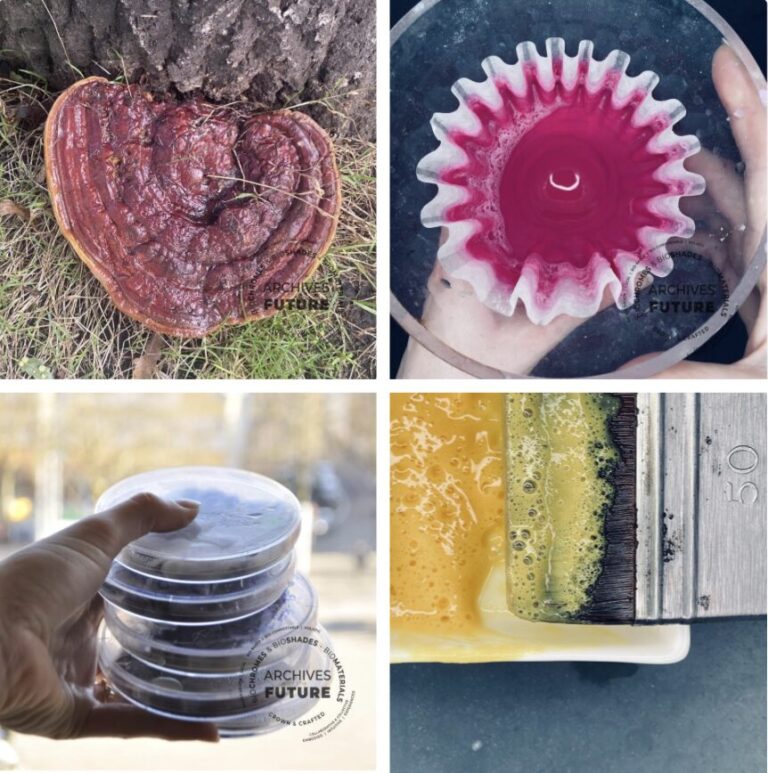Local color explores dyes matter in all of its forms, animal, bacterial, botanical, composite, fungal and mineral. Each category of this biochromes taxonomy has its own reasoning and brings to our attention a varied number of stories, material details and explores how we as humans relate to various forms of dye matter.
Botanicals, are by all means the largest category of known dye matter sources, one that is present all around us and in use since many centuries – yet, one that often overlook. It is this overlooking aspect that local color explores in depth, trying to bring attention to a wide spread problem: “plant-blindness”.
Cecilia often asks participants and color explorers:
“While going about your business around town, from home to the office or to school, while cycling to a friend or an appointment, have you ever stopped for just moment and thought to yourself “ha, that plant bears color, that one is nice for soup, that other one is a nice medicine or fantastic cream”?
Well if you didn’t, do not worry, you are not alone: this is a widespread problem! Our brains have learned to ignore detailed notions about plants, we do not know their uses and stories any longer. This is what “plant-blindness” is.
Defined as a “human cognitive behaviour that leads us to not “see” plants” by two botanists in the nineties, J. H. Wandersee & E. E. Schlusser, it describes something we taught ourselves to ignore – but if we have taught this to ourselves, there is hope at last, we can learn to unlearn and explore how to *see again the unseen*.
Plant stories – our path to learn how to see again
Within the plants catalogue, each plant is narrated through multiple points of view – exploring their origins, their appearance and uses, their amicable names, as well as their scientific ones. Each giving element gives us insight in how as humans, we have been relating to these green color-bearing companions.
For example, Weld, Reseda Luteola, bearer of one of the strongest yellows in the family of the botanicals, is often overlooked in its first year of growth: its salad or weed-look-alike appearance hides incredible dye potential to the inexperienced eyed!
Coreopsis, another beautiful flower, is one of the most abundant “givers” botanicals. It loves to be harvested – the more you take, the more this plant will offer you in return. Its common names focus on the seed appearance, like bug-look-alike, rather than focusing on its beautiful eye looking appearance: yet the dutch language honours it, lovingly naming “meisjesoogen” or “girls eyes”.
Madder, Rubia Tinctoria is a queen of dye plants, yet it isn’t the sweetest of plants – it catches you, even scratches you, holds you tight and makes sure its seeds will stick to your pants, shoes and hair. Truly the richest red, its the highest colour bearing of its type, yet all of its less famous cousins are not to be disregarded! Those shy, soft and nicely smelling galliums or the weedy “sticky willys” cleevers, or again the “lady’s bedstraw” are all valuable and overlooked family members that hold dye potential, each offering their fair share of warm shades of red, pinks, peaches and oranges. They also make us reflect: one persons terribly infesting weed, is another persons treasure – so once again, we need to explore how we can see the unseen and remember what we have long forgotten or overlooked.
You can explore the ever growing and evolving plant catalogue to find out more about each plant, join us for any of the events and lectures around the “materials” and “culture” layers of our work or explore the local color map to explore where some of these dye plants are being grown!
